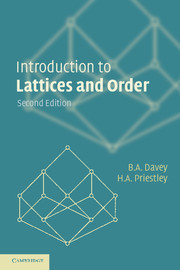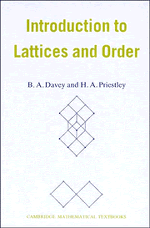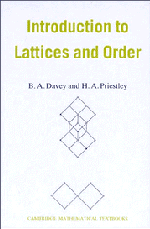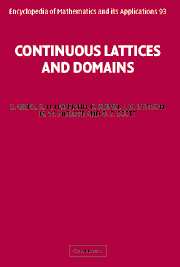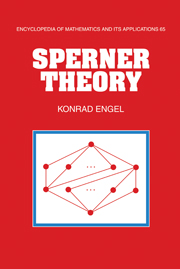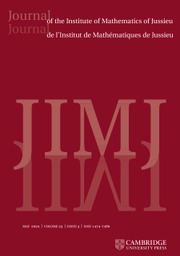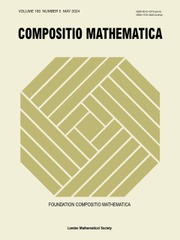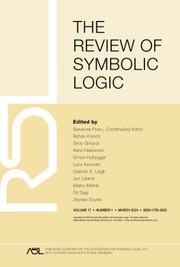Introduction to Lattices and Order
This new edition of Introduction to Lattices and Order presents a radical reorganization and updating, though its primary aim is unchanged. The explosive development of theoretical computer science in recent years has, in particular, influenced the book's evolution: a fresh treatment of fixpoints testifies to this and Galois connections now feature prominently. An early presentation of concept analysis gives both a concrete foundation for the subsequent theory of complete lattices and a glimpse of a methodology for data analysis that is of commercial value in social science. Classroom experience has led to numerous pedagogical improvements and many new exercises have been added. As before, exposure to elementary abstract algebra and the notation of set theory are the only prerequisites, making the book suitable for advanced undergraduates and beginning graduate students. It will also be a valuable resource for anyone who meets ordered structures.
- Second edition of a successful textbook
- Improved presentation and new exercises
- Remains a unique introduction to the subject for mathematicians and computer scientists
Reviews & endorsements
'Recommended for every academic mathematics collection.' Choice
'… an excellent introductory textbook on ordered sets and lattices and it is intended for undergraduate and beginning graduate students in mathematics.' Vaclav Slavic, Zentralblatt für Mathematik
'I used Introduction to Lattices and Order as the sole textbook in a one semester course. The students enrolled were a heterogeneous group including modestly prepared undergraduates, well trained graduate students, and a few applications-oriented computer science students … In short, the textbook was a success.' Joel Berman, Australian Mathematical Society Gazette
'… a well-written, satisfying, informative, and stimulating account of applications that are of great interest, particularly in computer science and social science … it will surely become a classic.' Mathematical Reviews
'Altogether, this is a great book. It would be interesting (and educational) to give a course based on it - almost makes me wish I hadn't retired!' Australian Mathematical Society Gazette
'… a valuable source to anyone who needs to use ordered structures in any context.' EMS Newsletter
'It can be recommended as a valuable source to anyone who needs to use ordered structures in any context.' European Mathematical Society
'The book is written in a very engaging and fluid style. The understanding of the content is aided tremendously by the very large number of beautiful lattice diagrams … The book provides a wonderful and accessible introduction to lattice theory, of equal interest to both computer scientists and mathematicians.' Jonathan Cohen, SIGACT News
Product details
No date availablePaperback
9780521784511
312 pages
229 × 152 × 17 mm
0.42kg
36 b/w illus. 75 exercises
Table of Contents
- Preface
- Preface to the first edition
- 1. Ordered sets
- 2. Lattices and complete lattices
- 3. Formal concept analysis
- 4. Modular, distributive and Boolean lattices
- 5. Representation theory: the finite case
- 6. Congruences
- 7. Complete lattices and Galois connections
- 8. CPOs and fixpoint theorems
- 9. Domains and information systems
- 10. Maximality principles
- 11. Representation: the general case
- Appendix A. A topological toolkit
- Appendix B. Further reading
- Notation index
- Index.

